On April 17, 2025, Ukraine announced the signing of a memorandum of understanding with the United States, marking a significant step toward a minerals deal aimed at supporting Ukraine’s reconstruction. The agreement, signed by Ukraine’s First Deputy Prime Minister and Economy Minister Yuliia Svyrydenko and U.S. Treasury Secretary Scott Bessent, paves the way for establishing a reconstruction investment fund. While details remain undisclosed, the deal has sparked debate due to earlier U.S. demands that Ukraine “pay back” military aid, a condition Kyiv has resisted. The memorandum, finalized after months of contentious negotiations, reflects a delicate balance of economic partnership and geopolitical strategy.
Svyrydenko expressed optimism, stating, “We are happy to announce the signing with our American partners,” highlighting the memorandum’s role in advancing an economic partnership. The fund, to be managed jointly by Kyiv and Washington, aims to leverage Ukraine’s vast mineral resources—estimated at $350 billion, though $350 billion worth remains in Russian-occupied territories—to finance post-war recovery. President Donald Trump, speaking at the White House, suggested a full agreement could be signed by April 24, while Bessent noted the 80-page draft is “substantially what we’d agreed on previously.” Ukrainian Prime Minister Denys Shmyhal is set to visit Washington on April 21 for final technical talks to conclude by April 26, with ratification by Ukraine’s parliament required thereafter.
The deal’s framework, as reported by The Guardian, acknowledges the “significant material and financial support” provided by the U.S. since Russia’s 2022 invasion and emphasizes a mutual desire for “lasting peace.” Unlike earlier drafts, which demanded Ukraine repay $500 billion in aid, the current version omits this clause, following objections from President Volodymyr Zelenskyy, who argued that prior aid was a grant, not a loan. Zelenskyy has stressed parity, insisting the deal must align with Ukraine’s EU integration and constitutional obligations. The agreement also addresses U.S. strategic interests, particularly access to critical minerals like lithium and rare earths, amid a trade war with China restricting such exports.
Challenges remain, including Ukraine’s landmine-contaminated eastern regions, which hinder resource extraction, and Russia’s control over 20% of Ukraine’s mineral deposits. Critics, as noted in X posts, warn the deal risks undermining Ukraine’s sovereignty, with some likening it to “reparations” for a war Ukraine didn’t start. Others see it as a pragmatic step to secure U.S. support, especially as Trump threatens to abandon peace talks with Russia. The memorandum avoids firm U.S. security guarantees, instead supporting Ukraine’s pursuit of such assurances, a nod to the 1994 Budapest Memorandum’s failures.
As negotiations near completion, the deal could reshape U.S.-Ukraine relations, offering economic lifelines for reconstruction while raising questions about long-term sovereignty and security. Its success hinges on balancing mutual benefits with Ukraine’s red lines, amidst a war that shows no immediate end.

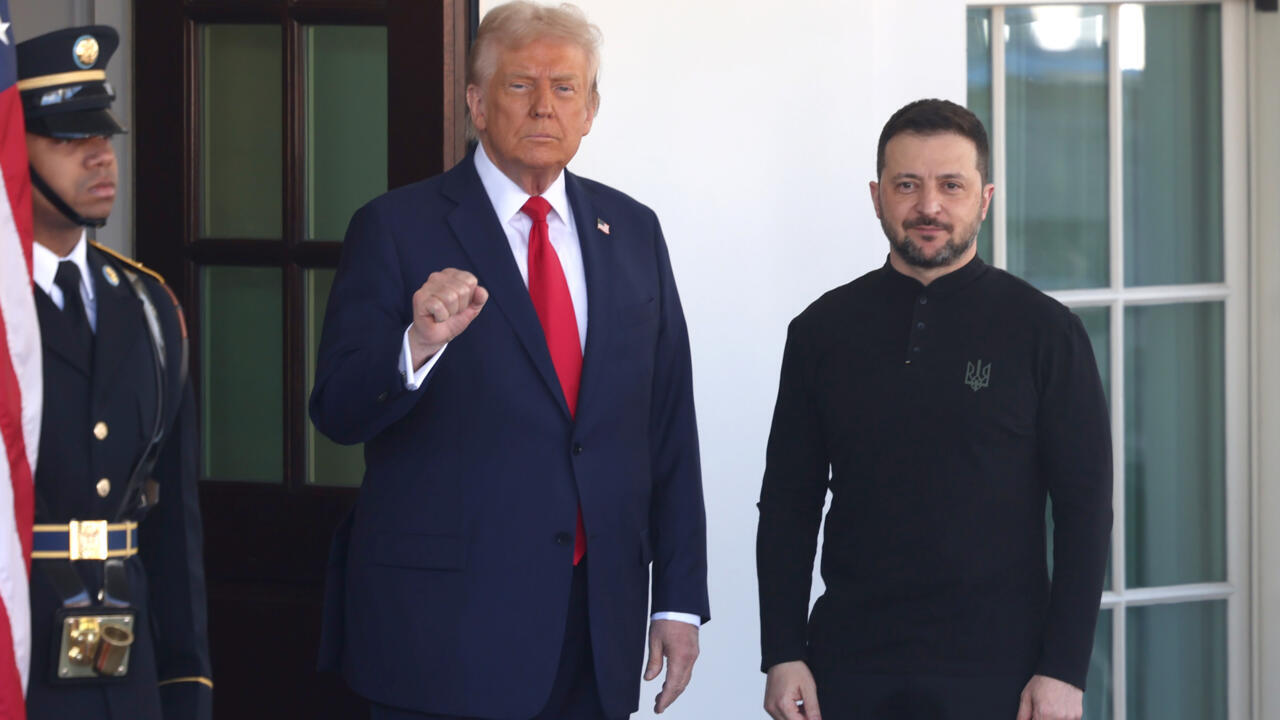
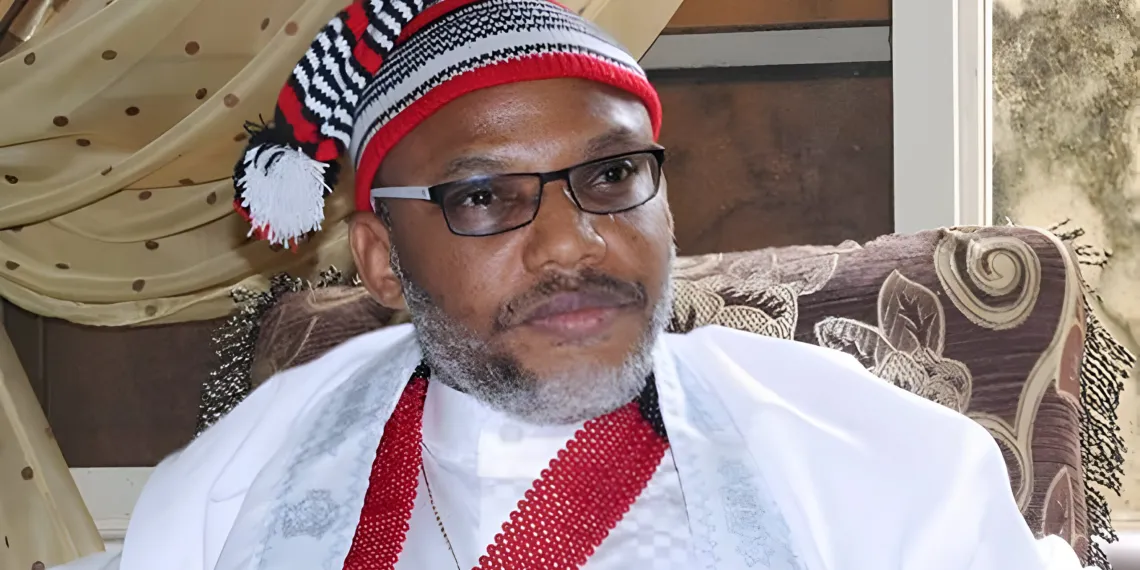
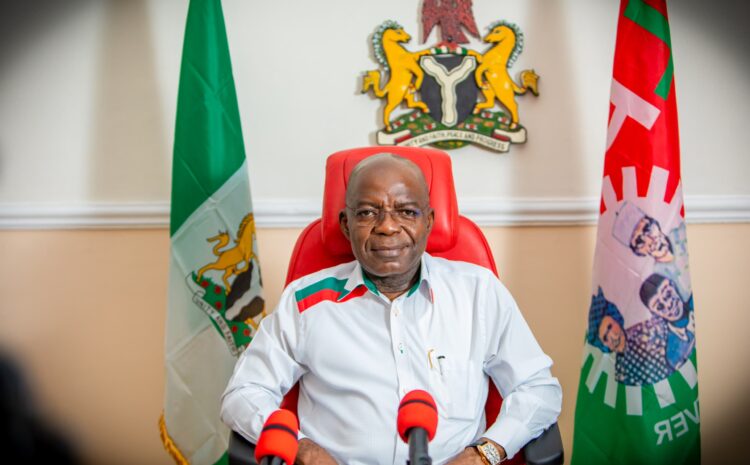




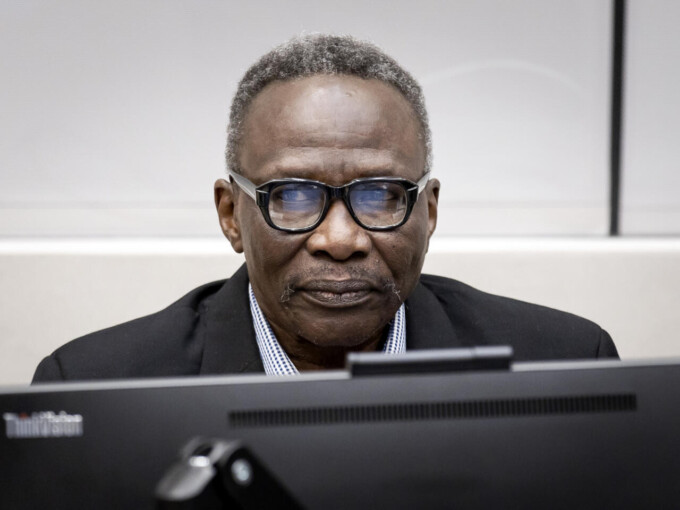
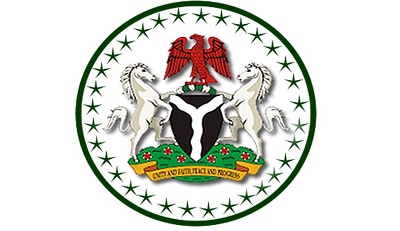
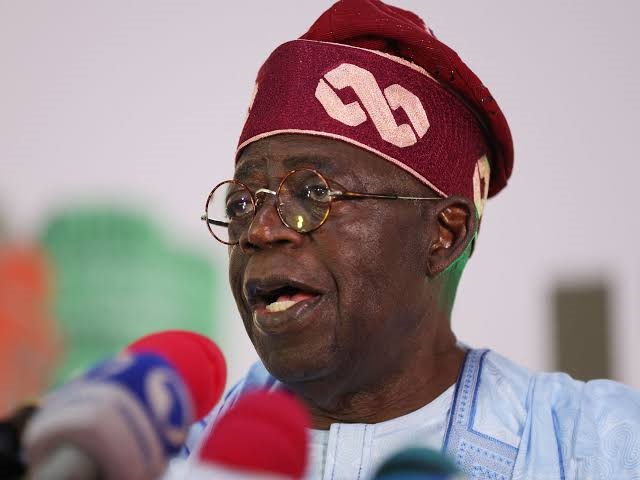
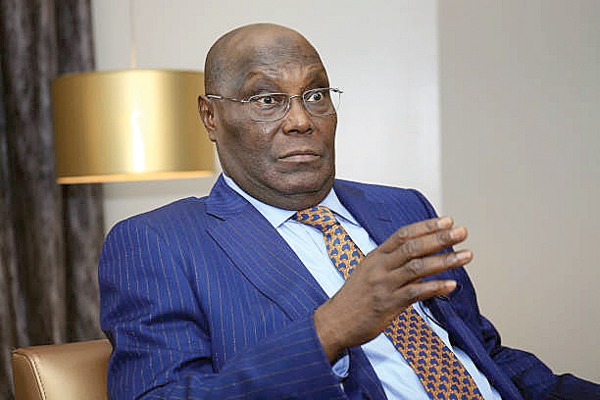
Leave a comment